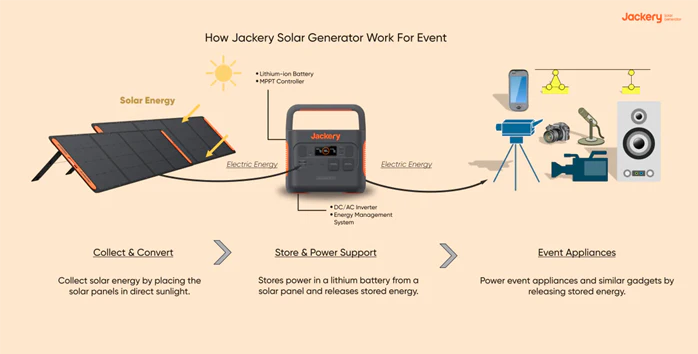For most people who use PayPal regularly—whether it’s to receive payments for freelance work, manage a small online store, or just pay for subscriptions—it feels reliable, almost invisible in how smoothly it works, right up until the moment it doesn’t. One odd login from a different device, one move to another country, and suddenly, something small like checking your balance becomes an unexpected issue, with warning emails and locked access making everything ten times harder than it needs to be.
Why a PayPal Proxy Is Becoming a Quiet Necessity
That’s where a paypal proxy starts making sense, not as a trick or some hacker workaround, but as a tool to keep things consistent—because consistency, more than anything else, is what these platforms crave. The idea is simple: by routing your activity through the same IP range, ideally one that matches your account’s country, you reduce the chance of raising red flags for “suspicious behavior,” even if you’re literally just logging in from a café in another city. It’s not about hiding. It’s about reducing the drama that comes from being unpredictable in a system that punishes unpredictability.
What Actually Goes Wrong Without One
PayPal’s fraud detection isn’t human. It’s a rigid pattern checker. That means it doesn’t understand why your login moved from Spain to Poland overnight—it just sees risk. And when systems see risk, they lock first and ask questions later.
Common outcomes of a login mismatch:
- Account limitation or temporary hold
- Requests for ID verification or photos
- Denied transactions, especially international ones
- Email alerts with vague warnings
- Frozen balances until review is completed
Who Ends Up Using Proxies (and Why)
It’s not just hackers or people trying to create fake stores. In reality, it’s a lot of regular folks: the kind of people who live out of suitcases, run businesses on the go, or just got tired of being locked out every time they travel for work. Maybe they manage multiple logins for clients. Maybe they’re developers testing payment flows across different countries. But they’re not trying to cheat the system—they’re just trying to function without unnecessary friction.
What a Good Proxy Setup Looks Like
Not every proxy service will do the job, and using a bad one can backfire faster than doing nothing at all. Datacenter proxies, for instance, are often flagged instantly by PayPal’s systems, because they’re overused and often come from ranges associated with bots or automated scraping tools.
Here’s what actually helps keep things smooth:
- Residential IPs that aren’t already blacklisted
- A provider that offers IPs from your PayPal account’s original region
- A system that doesn’t rotate too often (consistency is key)
- No shared usage across accounts
- Strong uptime and reliable session persistence
Still Human, Still Fallible
No proxy will save you if you keep switching devices, skipping browser hygiene, or forgetting to clear cookies between sessions. The tech helps, but habits matter more. If you’re treating your proxy like a magic invisibility cloak, you’re going to get burned eventually. That’s just how these systems work—they don’t care about intent, only behavior.
People Want Quiet, Not Tricks
Most users aren’t looking for loopholes. They just want to log in without hassle. To send a payment. To issue a refund. To withdraw their earnings. Using a proxy just turns down the noise, making your activity look boring and predictable—and boring is good in the eyes of platforms like PayPal.
But There Are Mistakes People Keep Making
The same problems repeat because people assume they can mix and match services, or that if something works once, it’ll always work. That’s not how this goes. You need to be consistent. You need to treat your online identity with care, like a passport you don’t want flagged.
Top mistakes that cause unnecessary headaches:
- Using free proxy lists (they’re already blacklisted)
- Accessing multiple accounts on the same session/IP
- Not checking if IPs match account region
- Stacking proxies with random VPN services
- Logging in from different countries within hours
Final Words: Just Make It Simple Again
In the end, this isn’t about gaming the system—it’s about restoring a sense of stability in a world that constantly flags normal behavior as risky. A paypal proxy won’t solve everything, but it does enough to let you work, move, and log in without needing to explain yourself to an automated system that never really knows who you are anyway.

Dilawar Mughal is an accomplished author with a passion for storytelling. His works span various genres, from thrilling mysteries to heartfelt romance novels. With a keen eye for detail and a knack for character development, Sana Fatima weaves engaging narratives that captivate readers and transport them to new worlds.










